by
Rachel Paap
Rachel Paap has implemented marketing and promotions strategies on behalf of well-known international charities, individuals, and government agencies, serving various demographics and diverse cultures all over the world. Her boutique public relations consulting business (RP Worx) enables Paap to act on behalf of animal welfare organizations; securing funding for various projects, and aiding existing organizations with programs, events and marketing campaigns.
Animal welfare agencies are always faced with budget restrictions. However, there are a lot of ways creativity can be used in place of a bundle of bucks. Often I wonder why the companion animal overpopulation crisis seems to be short-handed in the creative, innovative and head-turning ways I see many other issues are.
I firmly believe that we need to re-structure our approach to impacting the number of animals entering and leaving our national shelters.
A few ideas at the top of my list are:
Cause marketing / corporate and community partners
Permanent and interactive presence with school districts
Dissemination of information and resources
Relationships/partnerships with local media
Additional Option: work with a select group of celebrities
CAUSE MARKETING
Animal welfare is so under-represented when it comes to this arena. Breast cancer is ubiquitous with brands from Ford to major league baseball. Perhaps it started with a simple concept: a pink ribbon, an idea that is so pervasive across the board with products, the media et al that the color pink has taken on an entirely new place in history.
Now, let’s start simple here. There are popular grocery chains, and office supply stores, and museums, restaurants, and…you get my drift. It wouldn’t cost much to develop a mutual partnership. For example, asking grocery chains to print a campaign message, or photos of shelter pets with some basic information (albeit compelling please), and in turn, the grocery chain gets the positive “feel good” publicity. OR – what about a ½ sheet flyer that gets inserted into everyone’s grocery bag? Departments could even hold a press conference to launch the relationship, providing an additional opportunity for media exposure for everyone, including the animals.
With office supply stores, the one angle that I like best is one that links supplies to education, schools, teachers, families, students. Shelters could develop a catchy campaign message that correlates to going back to school, or being prepared in life…There is a lot of room for creativity here, without needing to break the budget. What if the supply store covered the costs of printing and materials, in exchange for store displays with shelter’s messages, and shelters were to give out discount coupons to every new adopter?
With a relationship with Staples, or an Office Depot, there is also a chance of securing volunteers. Students are out for the summers, and school breaks, why not set up a recruitment table for both volunteers and staffing needs. Not to mention, that large corporations typically have volunteer departments themselves, of which could be approached for events or ongoing collaboration.
INTERACTIVE PRESENCE WITH SCHOOL DISTRICTS
Whether it is with a series of classroom visits by ACO’s, or shelter visits with the students, it is crucial that shelters build relationships with their local schools.
These days, teachers are challenged with completing their required curriculum components in the short school years. Therefore, matching the curriculum to animal welfare-related content is vital. If shelters can present humane education presentations or curriculum that includes lessons that directly correlate to the students daily lesson plans, this will make it much easier for school administrators to allow the diversion from their regular programming.
So how should shelters engage with students? Well, with a multi-pronged hands-on experience. Humane education lessons which are tailored to specific age groups, along with community involvement. For example, two to four humane education lesson plans per month, and one in-the-community experience per month such as volunteering at a shelter, or with a rescue, or in the community passing out materials. Students can receive credit, community service hours, and overall a true experience they should hopefully never forget. Plans should be developed to hit target communities, to include an opportunity for tracking statistics directly from those areas.
**Example from Los Angeles:
A few elementary schools in at-risk neighborhoods were chosen to participate with a special project that would engage all of the students. We planned this project to coincide perfectly with a regular community event most of the area participates in during the holiday season.
First, we coordinated humane education presentation visits with two grades at a time. After the presentations, we asked the students to think about some of the important lessons they learned that they did not know prior to the presentation. We gave them several options for communicating these lessons: in a piece of art, a poem, or a campaign poster. The challenge was to communicate their lessons in a way that spoke to kids their own age.
During the community holiday event, the students’ projects were showcased on display which received attention from the residents and the media. The kids were ecstatic to see their work on display, and it turned out to be an extra special and momentous project for the community.
Keys of Success:
1. Bringing the idea to the school as opposed to asking them to develop one
2. Keeping project within a realistic time frame (in this case 45 minute presentation, their projects were done at another time in a respective class such as art, English, poetry, etc)
3. Involving the entire community, starting with the student’s families
DISSEMINATION OF INFORMATION & RESOURCES
There has got to be a better way to get information such as when to vaccinate your pet, or the benefits of spay and neuter, or information pertaining to new ordinances out to the greater communities at large. Government shelters should absolutely work with other city/county/state departments to get these vital pieces of information out.
Materials should be available at every local area veterinarian, and pet store. With those vets and stores additional partnerships could be built – such as a referral program, or discounted services for adopted animals, events, etc. However, we need to think outside the box here and additionally find other non-pet related outlets to post or make information available. Places such as the neighborhood markets, churches, community recreation centers, pharmacies, Laundromats, liquor stores, check-cashing businesses, and other pillars of every neighborhood should be key locations for finding information.
RELATIONSHIPS / PARTNERSHIPS WITH LOCAL MEDIA
Although this may seem like a daunting task, to secure a media partner, all it takes sometimes is to ask. This partner can be a constant means of supplying significant information; announcement of events, promotions, and special animals up for adoption, and in doing so, the station gets the positive recognition.
There are so many opportunities that can be developed with the local media. A staple event, pet of the week showcase, the use of anchor people, community contests, reaching out for volunteers, interactive programs, and the list goes on. A shelter’s reach will be much greater with the media’s help. The best thing about this – it’s free!
In summary, all of the above begins with a plan. A well developed marketing / community outreach plan that includes specific objectives for achieving specific goals. The plan should include a true timeline and calendar that correlates to the community. An important component is the measurement of results. Start with a question such as – “what does success mean for us?” For some shelters it would mean more animals adopted, or less coming in, or more community involvement – make sure your goals are quantifiable to start with, which will enable efficient result tracking.
My last bit of advice is to be creative and different. Reach out to the community in a new way, and furthermore, be open to their ideas.
To contact RP Worx directly for consulting services for your animal shelter or cause-related endeavor, please email: Rachel@RPworx.org.
http://www.rpworx.org/Rachel Paap & Franny















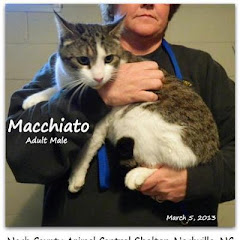


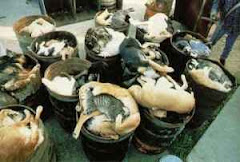
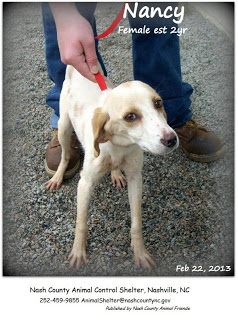









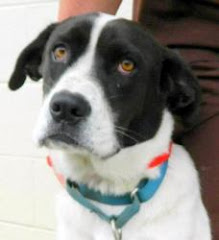




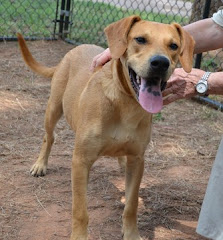


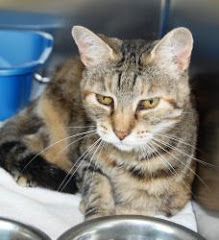






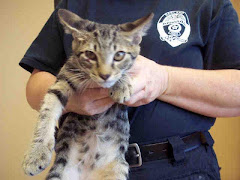


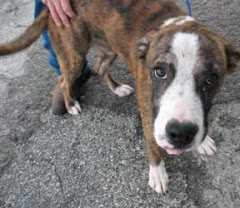









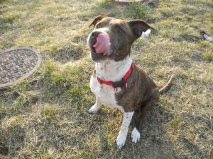


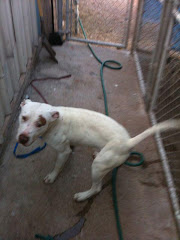








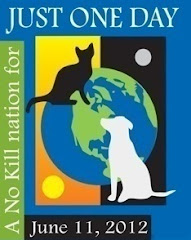






















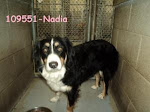

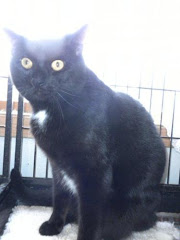


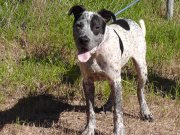
















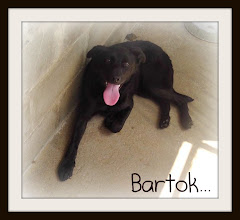


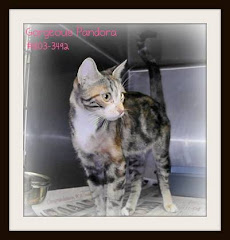







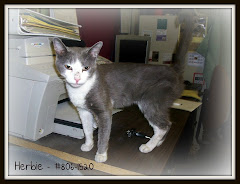






































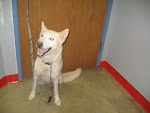
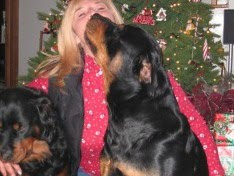
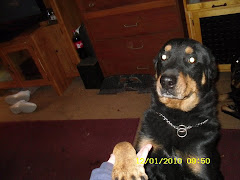


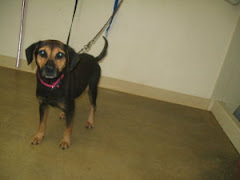






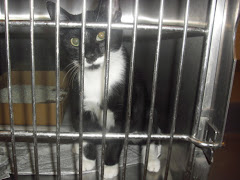







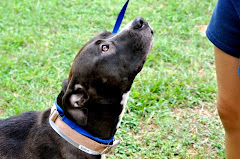


















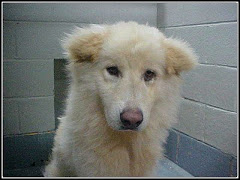






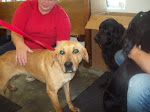


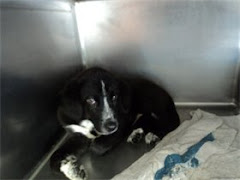
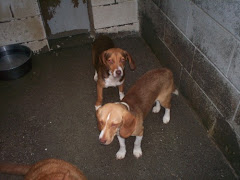




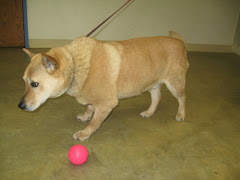


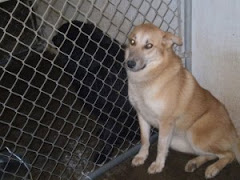



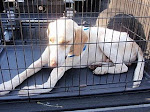



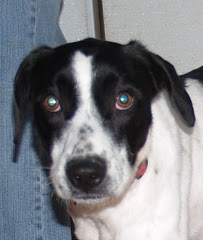












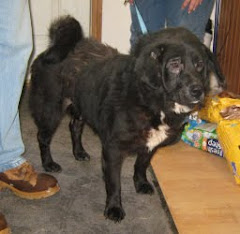
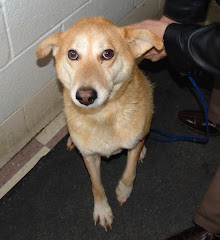


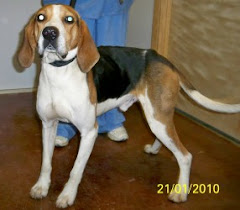
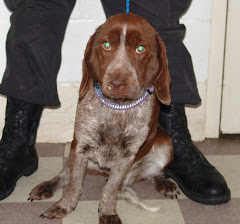
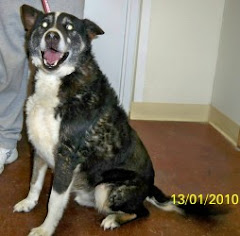




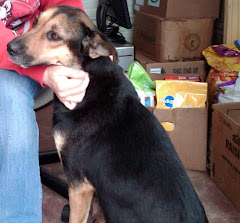
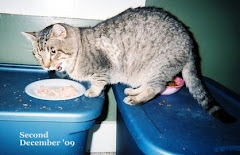





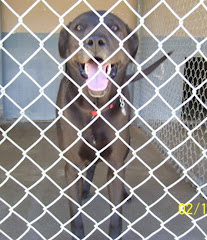










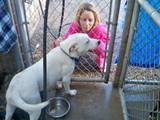















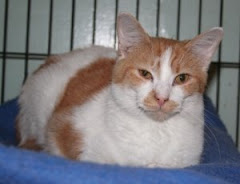













No comments:
Post a Comment